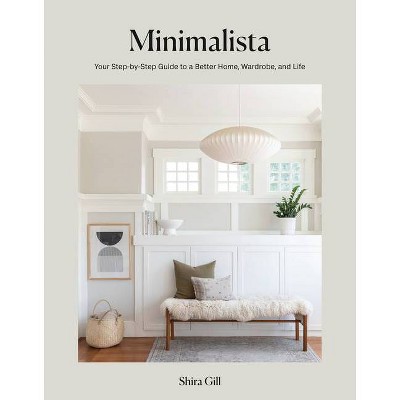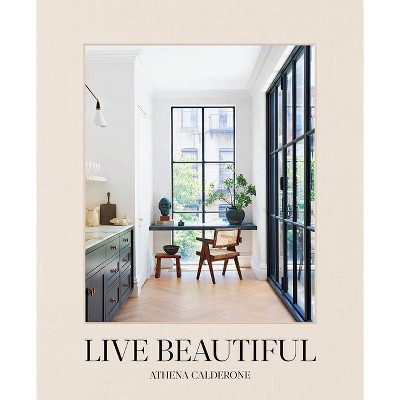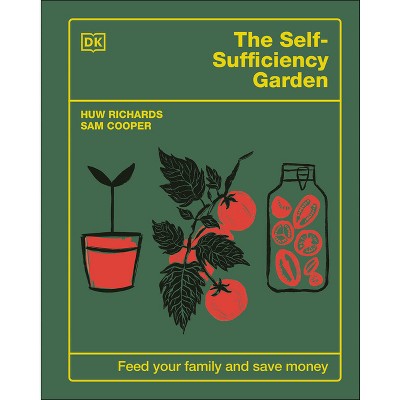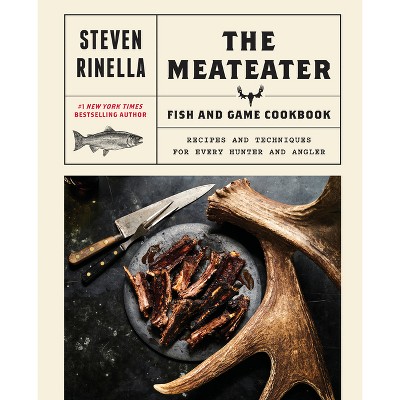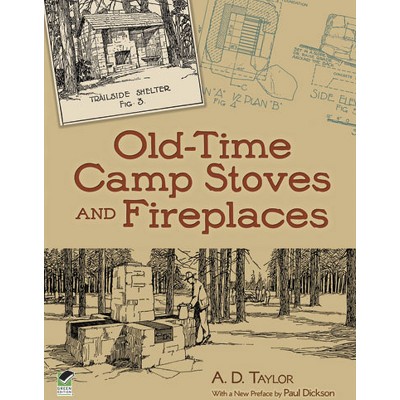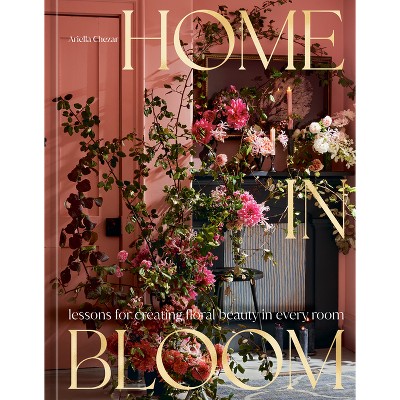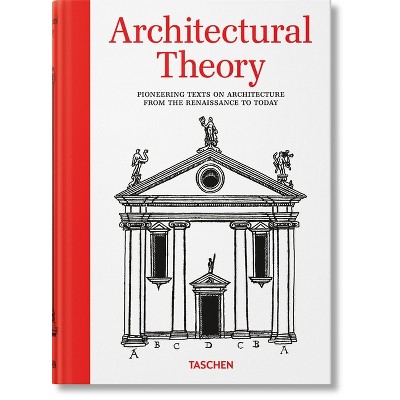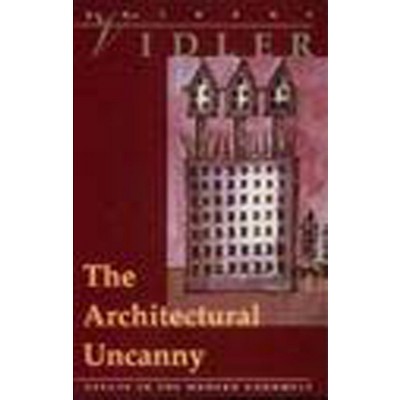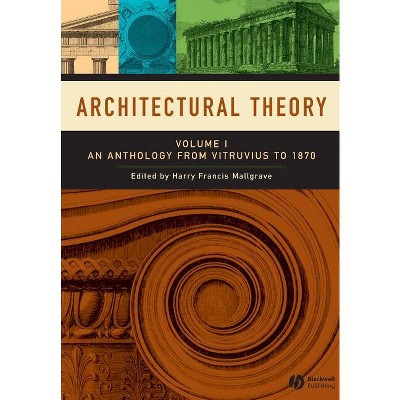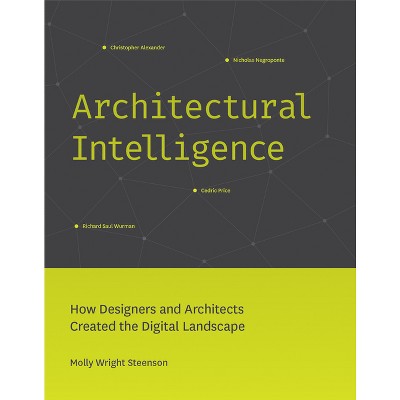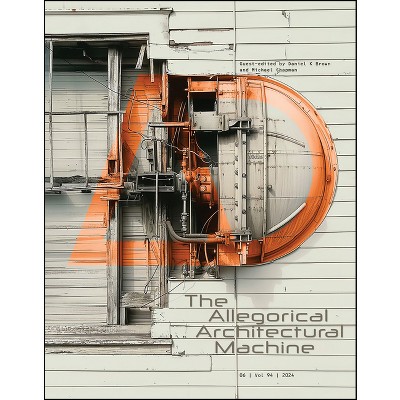Sponsored

Origins of Architectural Pleasure - by Grant Hildebrand (Hardcover)
$57.95
In Stock
Eligible for registries and wish lists
Sponsored
About this item
Highlights
- Do survival instincts have anything to do with our architectural choices--our liking for a certain room, a special stairway, a plaza in a particular city?
- About the Author: Grant Hildebrand is Professor of Architecture and Art History at the University of Washington, Seattle, and the author of The Wright Space: Pattern and Meaning in Frank Lloyd Wright's Houses (1991).
- 200 Pages
- Architecture, Criticism
Description
About the Book
This engaging study discusses ways in which architectural forms emulate some archetypal settings that humans have found appealing--and useful for survival--from ancient times to the present. 119 photos. 6 line figures.Book Synopsis
Do survival instincts have anything to do with our architectural choices--our liking for a certain room, a special stairway, a plaza in a particular city? In this engaging study Grant Hildebrand discusses ways in which architectural forms emulate some archetypal settings that humans have found appealing--and useful to survival--from ancient times to the present.Speculating that nature has "designed" us to prefer certain conditions and experiences, Hildebrand is interested in how the characteristics of our most satisfying built environments mesh with Darwinian selection. In examining the appeal of such survival-based characteristics he cites architectural examples spanning five continents and five millennia. Among those included are the Palace of Minos, the Alhambra, Wells cathedral, the Shinto shrine at Ise, the Piazza San Marco, Brunelleschi's Pazzi Chapel, Frank Lloyd Wright's Fallingwater, a Seattle condominium, and recent houses by Eric Owen Moss and Arne Bystrom.
Just what characteristics bestow evolutionary benefits? "Refuge and prospect" offer a protective place of concealment close to a foraging and hunting ground. "Enticement" invites the safe exploration of an information-rich setting where worthwhile discoveries await. "Peril" elicits an emotion of pleasurable fear and so tests and increases our competence in the face of danger: thus the attraction of a skyscraper or a house poised over a vertiginous ravine. "Order and complexity" tease our intuitions for sorting complex information into survival-useful categories.
Gracefully written, with excellent illustrations that complement the text, Origins of Architectural Pleasure will open the reader's eyes to new ways of seeing a home, a workplace, a vacation setting, even a particular table in a restaurant. It also suggests important design considerations for buildings with a more pressing mandate for human appeal, such as hospitals, retirement homes, and hospices.
From the Back Cover
"Grant Hildebrand gives a vivid and cogent analysis of the ingredients that have made beautiful places throughout history, explaining what in our nature makes us feel that way. The examples and illustrations are striking and provide a compelling argument for his thesis. Important reading for anyone interested in the theory and practice of inventing a new architecture."--Robert J. Frasca, NAIA"Hildebrand's notions of prospect and refuge, enticement, peril, and complex order open up views to an architectural thinking that is grounded in bio-cultural and ecological understandngs of spatial situations, thus complementing our quest for beauty. In fact, Grant Hildebrand suggests that aesthetic choice itself has motivation in early evolutionary stategies for survival. In order to provide satisfactory domicile for the urban dweller of the third millennium, architecture must continue to acknowledge the hunter, gatherer, and farmer concealed in the genetic coding of human behavior."--Juhani Pallasma, Architect
"This is a book of great originality, importance, and relevance. Grant Hildebrand offers us extraordinary insights regarding the dual and interactive relation of human biology and culture in the formation of our aesthetic responses to the built environment. His book could be very helpful to those architects, planners, and environmentalists seeking to better capture and restore the human biological relation to nature in our various architectural forms."--Stephen Kellert, author of The Value of Life: Biological Diversity and Human Existence
Review Quotes
"Hildebrand has committed the equivalent of heresy as far as the mandarins of architectural academia are concerned. . . But Hildebrand's book is too good to be ignored or seriously criticized. He not only pursues his premise without insisting on it as the sole means of understanding architecture, but he also provides some of the best analytical descriptions of buildings available."--"Times Literary Supplement
About the Author
Grant Hildebrand is Professor of Architecture and Art History at the University of Washington, Seattle, and the author of The Wright Space: Pattern and Meaning in Frank Lloyd Wright's Houses (1991).Dimensions (Overall): 10.1 Inches (H) x 7.3 Inches (W) x .8 Inches (D)
Weight: 1.55 Pounds
Suggested Age: 22 Years and Up
Sub-Genre: Criticism
Genre: Architecture
Number of Pages: 200
Publisher: University of California Press
Format: Hardcover
Author: Grant Hildebrand
Language: English
Street Date: June 30, 1999
TCIN: 93372110
UPC: 9780520215054
Item Number (DPCI): 247-05-0482
Origin: Made in the USA or Imported
If the item details aren’t accurate or complete, we want to know about it.
Shipping details
Estimated ship dimensions: 0.8 inches length x 7.3 inches width x 10.1 inches height
Estimated ship weight: 1.55 pounds
We regret that this item cannot be shipped to PO Boxes.
This item cannot be shipped to the following locations: American Samoa (see also separate entry under AS), Guam (see also separate entry under GU), Northern Mariana Islands, Puerto Rico (see also separate entry under PR), United States Minor Outlying Islands, Virgin Islands, U.S., APO/FPO
Return details
This item can be returned to any Target store or Target.com.
This item must be returned within 90 days of the date it was purchased in store, shipped, delivered by a Shipt shopper, or made ready for pickup.
See the return policy for complete information.
Frequently bought together
Trending Non-Fiction

$19.31
was $20.98 New lower price
4 out of 5 stars with 64 ratings

$18.28
was $19.58 New lower price
4.7 out of 5 stars with 15 ratings

$4.59
MSRP $7.99
Buy 2, get 1 free select books
4.8 out of 5 stars with 123 ratings

$6.20
MSRP $10.95
Buy 2, get 1 free select books
4.8 out of 5 stars with 33 ratings

$7.09
MSRP $9.99
Buy 2, get 1 free select books
4.9 out of 5 stars with 46 ratings

